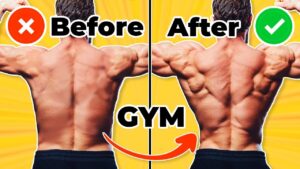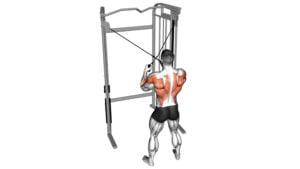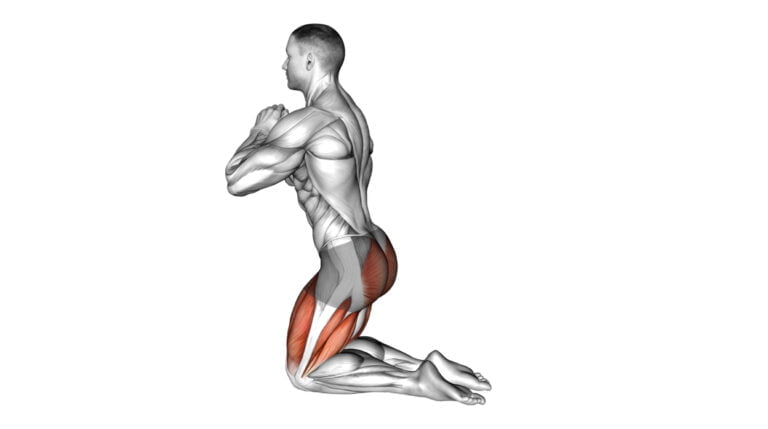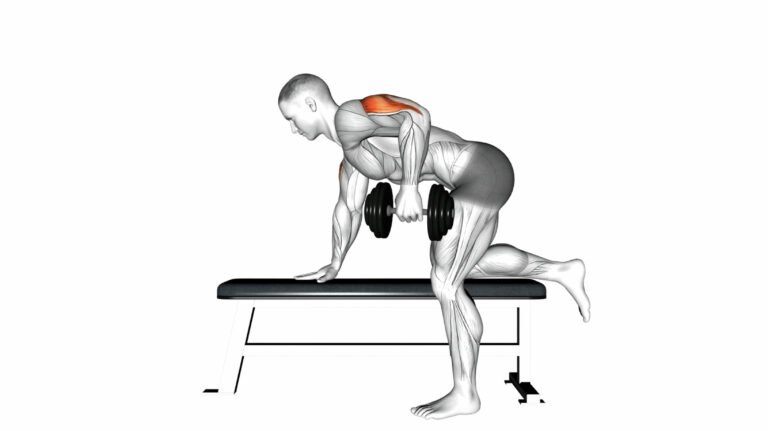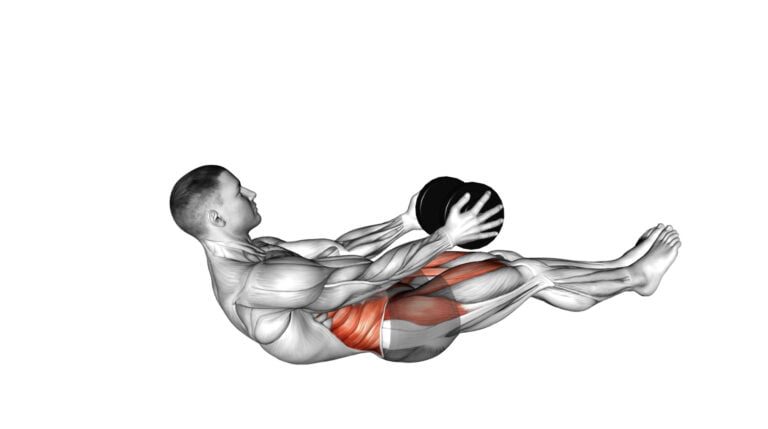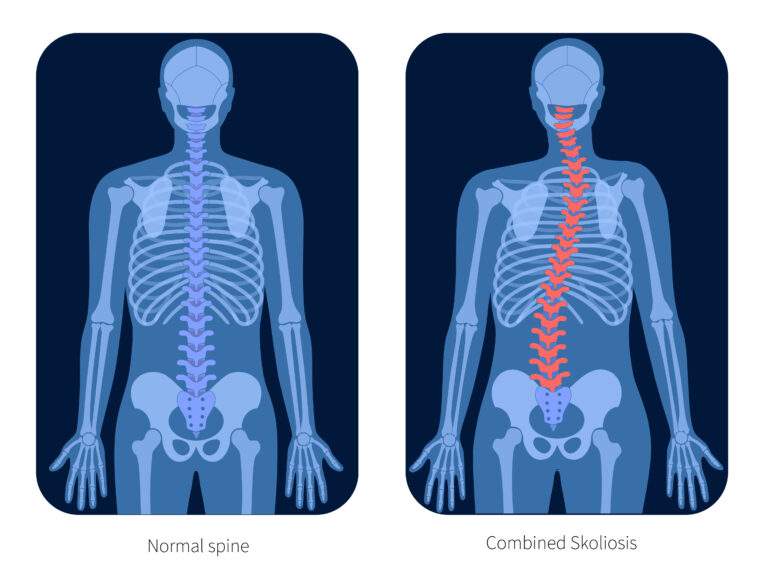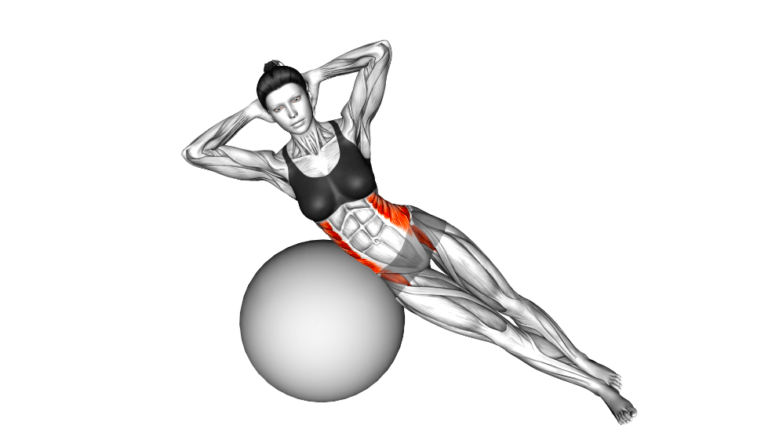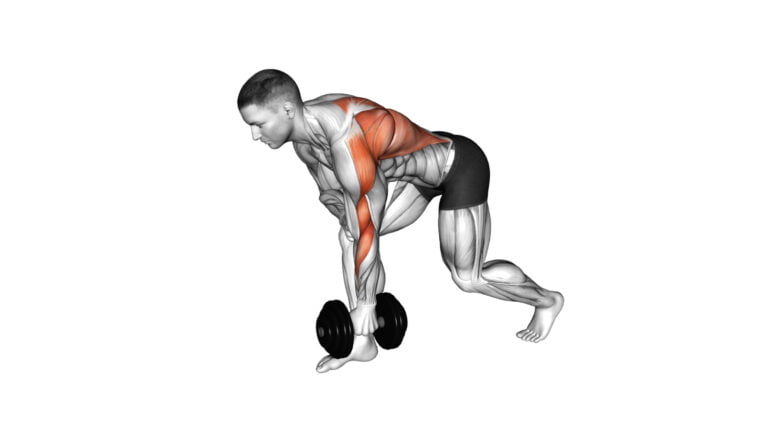The Importance Of A Fitness Plan (Essential Exercise And Workout Program For Success)
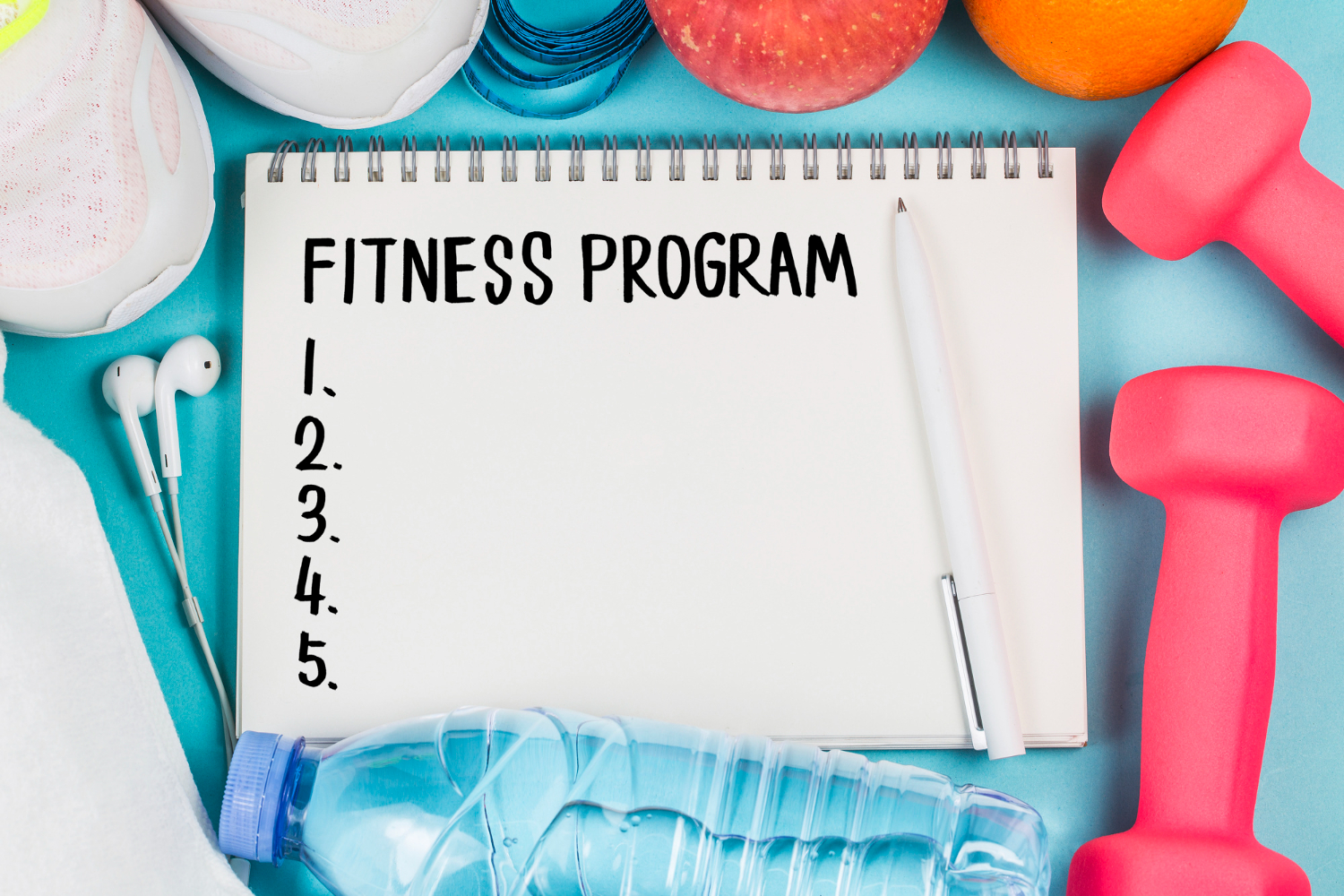
Jumping into a workout without a plan? That’s like going on a road trip without a map. You might reach your destination, but the journey could be longer and more confusing. A fitness plan is your roadmap to success in health and fitness.
It guides you on what exercises to do, how often, and how intensely. This guideline ensures you meet your fitness goals efficiently and safely.
I’m Serg Bayracny, with over ten years coaching in strength sports and as a certified personal trainer. I’ve helped people transform their lives through customized exercise programs that fit their unique needs.
A good fitness plan importance cannot be overstated—it aligns with every aspect of physical activity to ensure progress is not just possible but guaranteed.

Ready to see results? Keep reading.
Key Takeaways
- A fitness plan is like a map that guides you to reach your health goals by showing what exercises to do, how often, and the right intensity.
- Regular exercise with a structured plan boosts motivation, helps track progress, and keeps workouts varied and fun. It also balances training to prevent injury or burnout.
- Personalized fitness programs match your unique health needs and goals, whether it’s losing weight or gaining strength, ensuring you get the most out of each workout.
- Including different types of exercises in your plan like resistance training for muscles, aerobic activities for heart health, and rest days for recovery makes workouts effective.
- Following a well-designed fitness plan can transform how you look and feel by making you stronger and helping achieve long-term health successes.
Explaining a Fitness Plan
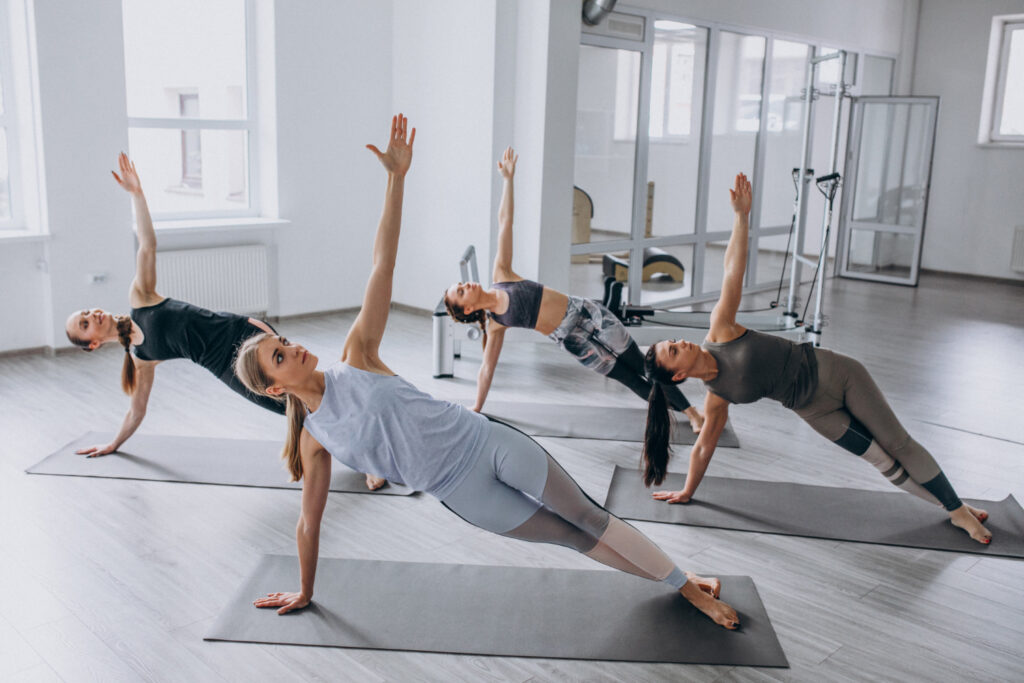
Moving on, let’s talk about what a fitness plan really means. A good fitness plan acts like a map for your workout journey. It sets out each step you need to take to reach your health and fitness goals.
This might include which exercises to do, how often to do them, and tips on eating right. Imagine having a guide that shows you the best path to get where you want to go with your physical fitness.
From my experience as a trainer, I’ve seen how crucial a solid fitness plan is. It’s not just about picking random exercises or running until you can’t anymore. You need a clear set of actions—like following a well-thought-out route that considers where you’re starting from and where you aim to be in terms of your fitnes level and overall health.
Whether it’s doing aerobic activity for 150 minutes each week or adding strength training twice weekly, every part of the plan serves a purpose.
The fitness plan importance can’t be overstated—it guides us through regular exercise routines while ensuring we don’t push too hard or too little. By setting specific targets suited for our current health conditions, it helps tailor workouts that are just right for us individually.
Creating this kind of program isn’t about making things complicated but simplifying the journey so anyone can follow along regardless of their experience with physical activity before now.
That way, everyone gets healthier step by step without feeling lost or overwhelmed by trying to guess what might work best for them.
Comprehensive Benefits of a Structured Fitness Plan

A good fitness plan keeps you on track and makes sure you do the right amount of exercise. It’s all about fitness plan importance, helping you meet your health goals without going overboard or doing too little.
Enhances consistent exercise routines
Having a fitness plan keeps you on track. It’s like having a map for your workout journey. You know what to do each day, so you’re more likely to stick with it. My years of coaching taught me that people who follow a structured program don’t skip workouts.
They feel prepared and excited. Without a plan, it’s easy to waste time deciding what to do at the gym or even talk yourself out of going.
A good routine also balances different types of exercise. This mix improves overall fitness and prevents boredom. Think about mixing lifting weights (resistance training) with heart-pumping activities (aerobic exercises).
And don’t forget rest days; they are key in any workout plan for recovery.
Consistency is key in reaching fitness goals.
With regular physical activity planned out, folks can measure their progress too. Seeing improvements boosts motivation and confirms the plan works for them individually—helping everyone from beginners to pros stay committed.
Moving forward, let’s discuss how minimizing risks comes into play with personalized plans…
Minimizes risks of inadequate or excessive training

Keeping a fitness journey on track also means avoiding too little or too much exercise. A good fitness plan strikes the right balance. It keeps you safe from training too hard, which can hurt your body, and not enough, which might not show results.
This balance is key for starting an exercise program that fits your fitness level.
A well-thought-out workout plan uses tips from fitness experts to set up routines that match what your body needs and goals. For example, it helps choose the right type of exercise whether you’re new to exercise or looking for more intense activity like high-intensity interval training.
Plus, it guides how often and how vigorously to train to improve without overdoing it. This way, you get closer to your health and human services goals safely with each workout session.
Tailors to unique personal health requirements
Avoiding too much or too little exercise leads us straight into making your fitness plan fit you just right. Everyone’s body and health goals are different. Some might need to gain weight, while others aim to lose it.
A good fitness plan looks at what YOU need. It considers your current health, how much you can move now, and what foods suit you best.
I have seen many people start their journey with a general workout but soon hit a wall because it was not set up for them. With personal training, we match exercises and diets that work best for each person.
This way, if someone is an older adult needing more balance exercises or someone new wants to build endurance safely, the program adjusts. Using tools like body composition calculators from the facts provided helps track progress accurately and gives clear signs on where to tweak things for better results.
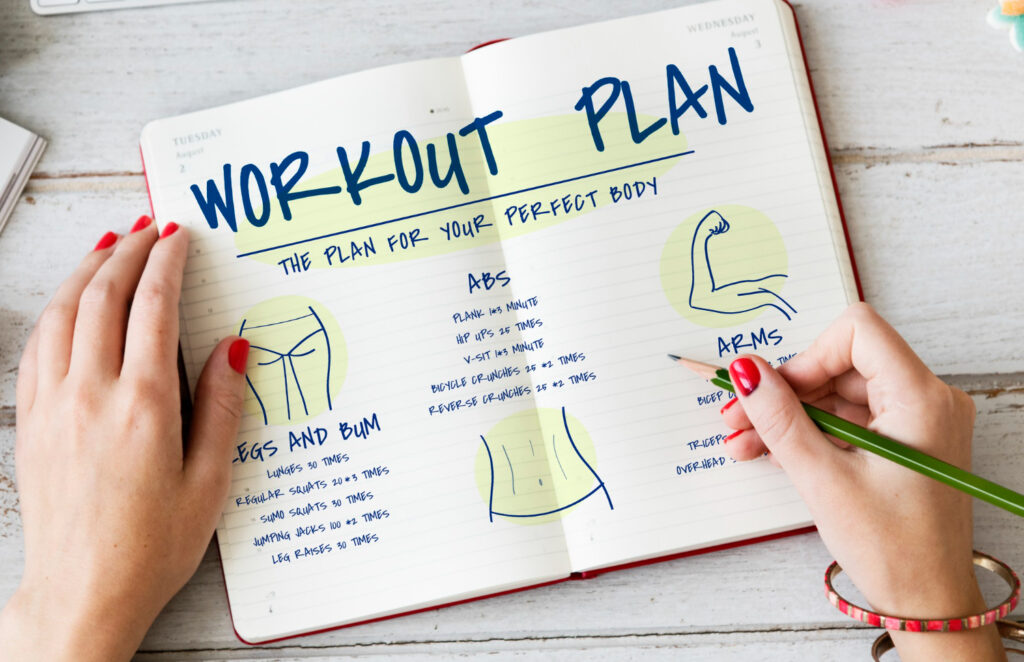
Сhoose the appropriate Workout plan to achieve your goal
Elements of an Effective Fitness Plan

A good fitness plan has parts that work together to make you stronger, help your heart, and let you rest. Think of mixing weight lifting for muscle, running or biking for your heart, and yoga for calm recovery.
This mix makes sure every part of you gets what it needs. To really understand the full fitness class importance,, keep reading and find out how these elements can change your workouts!
Incorporating resistance training
Resistance training is a must in your fitness plan. It includes workouts for making muscles stronger like lifting weights and using resistance bands. This kind of exercise helps tone your body, such as giving you firmer arms and legs.
The Workout Guru fitness program has cool options for resistance exercises that focus on areas like the chest and butt. For instance, it offers lifts for toning breasts and other moves instead of hip thrusts to make your booty stronger.
I’ve seen how adding resistance training truly transforms bodies in my years coaching. You don’t just get strong; you shape your body too. My sessions often mix HIIT with these muscle-toning exercises.
This way, clients find themselves not just feeling great but loving the results they see in the mirror too. Also, fitting these into your routine twice a week meets those key physical activity guidelines while keeping exercise fun and varied!
Engaging in aerobic exercises
Doing aerobic exercises is like giving your heart a workout. Think of it as making your heart strong so it can pump more blood with each beat. The platform we talk about has High-Intensity Interval Training (HIIT) options, which are great for getting your heart rate up in short bursts.
Also, you can try the Turkish Get Up – a move that might sound fancy but really puts your body to work using movements that increase your heartbeat.
As someone who’s been in the fitness world from my first gym visit, I’ve seen how these exercises boost aerobic fitness and bring people together. There’s a community out there ready to cheer you on and push you forward.
And trust me, having folks to share the journey makes all the difference. Next up, let’s look at why taking days off for recovery is key in any plan.
Implementing recovery tactics
Taking a day off for rest is just as key in your fitness routine as the workout itself. Your body needs time to heal and get stronger. Think of rest days as part of your training program, not a break from it.
Workout Guru shows how adding these breaks can push you closer to your goals. They use calculators to track how well you recover. This helps make sure you’re ready for more exercise.
Experts at Workout Guru say, “Rest makes you strong.” They’ve seen how recovery drives better results in weight and health changes. I’ve tried their tips myself—like mixing easy walks or yoga on off days into my plan—and saw big improvements in my energy and strength training workouts faster than before.
Conclusion

A fitness plan shapes your journey to health. It keeps you on track, cuts the risk of too much or too little workout, and fits right with your health needs. You get into resistance work, heart-pumping exercises, and learn how to recover well.
Think about how a solid plan can change your workout game. Get started now; feel the difference a good strategy makes in your routine!
FAQs
1. Why do I need a fitness plan?
A fitness plan is key because it guides you on your journey to better health. It tells you what exercises to do, how often, and for how long. This way, you can hit the goal of at least 150 minutes of moderate activity or 75 minutes of intense activity each week.
2. What are the benefits of sticking to a workout routine?
Working out regularly helps in many ways – it keeps your heart healthy, improves balance and flexibility, strengthens muscles, and even boosts your mood! Plus, if you’re an older adult, it can help maintain your independence by keeping those muscles strong.
3. How do I start my fitness program?
First off… assess where you’re at with your current health. Then think about what activities excite you. Love dancing? Consider aerobic classes! Enjoy quiet time? Maybe tai chi is for you. Start slow; maybe just 5-10 minutes a day and build from there.
4. Can using fitness apps help me stay on track?
Yes! Fitness apps are like having a personal trainer in your pocket—they remind you when it’s time to work out, track your progress, and some even offer workout ideas based on the equipment you have.
5. How much exercise should I aim for each week?
The Department of Health suggests adults get at least 150 minutes of moderate aerobic activity or 75 minutes of vigorous activity spread throughout the week… plus muscle-strengthening exercises on two days or more.
6. What kind of exercises should be in my plan?
Your plan should mix things up: aerobic activities (like walking or swimming) that get your heart rate up; strength training (think lifting weights or body-weight moves) to build muscle; balance training especially important as we age; and stretching to keep everything flexible.

Author
Years ago, the spark of my life’s passion ignited in my mind the moment I stepped into the local gym for the first time. The inaugural bead of perspiration, the initial endeavor, the very first surge of endorphins, and a sense of pride that washed over me post-workout marked the beginning of my deep-seated interest in strength sports, fitness, and sports nutrition. This very curiosity blossomed rapidly into a profound fascination, propelling me to earn a Master’s degree in Physical Education from the Academy of Physical Education in Krakow, followed by a Sports Manager diploma from the Jagiellonian University. My journey of growth led me to gain more specialized qualifications, such as being a certified personal trainer with a focus on sports dietetics, a lifeguard, and an instructor for wellness and corrective gymnastics. Theoretical knowledge paired seamlessly with practical experience, reinforcing my belief that the transformation of individuals under my guidance was also a reflection of my personal growth. This belief holds true even today. Each day, I strive to push the boundaries and explore new realms. These realms gently elevate me to greater heights. The unique combination of passion for my field and the continuous quest for growth fuels my drive to break new ground.






